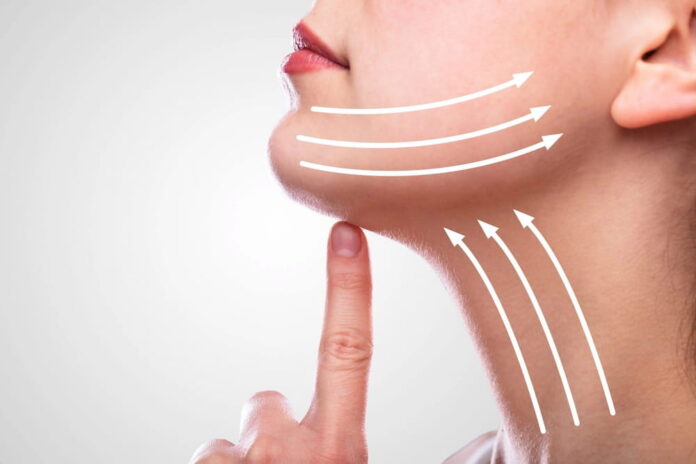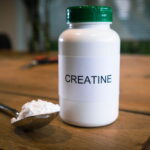Facelift surgery, which is also known as rhytidectomy, is a cosmetic procedure designed to address signs of aging by tightening the tissues and skin of the face and neck. While it’s often associated with achieving a more youthful appearance, the science behind facelift surgery goes deeper, involving anatomical changes, tissue manipulation, and understanding the aging process itself.
Understanding Facial Aging
The aging process affects the face in various ways. Over time, the skin loses elasticity, facial fat diminishes or shifts, and muscles weaken. These changes lead to wrinkles, sagging skin, and loss of definition in the neck and jaw. Factors such as genetics, sun exposure, lifestyle choices, and skin care practices influence the rate and extent of facial aging.
The Facelift Procedure
During a facelift procedure, a surgeon like Iteld Plastic Surgery carefully lifts and repositions the skin and underlying tissues to create a smoother, firmer, and more youthful appearance. Here’s a rundown of the key steps that are involved with it:
1- Anesthesia: A facelift typically starts with the administration of anesthesia to ensure the patient’s comfort. Depending on the extent of the surgery, options include local anesthesia with sedation or general anesthesia.
2- Incisions: The surgeon makes strategic incisions along the hairline and around the ears to lessen the amount of scarring that’s visible. These incisions provide access to the underlying tissues.
3- Tissue Manipulation: The surgeon lifts and repositions the facial tissues, including muscles and fat pads, to restore a more youthful contour. Excess skin is trimmed away as required.
4- Closure: Once the desired changes are made, the incisions are carefully closed with sutures or surgical staples.
How The Results Work
Facelift surgery produces dramatic results by addressing multiple aspects of facial aging:
– Skin Tightening: By removing excess skin and tightening the remaining skin, the procedure reduces wrinkles and sagging, resulting in a smoother and firmer appearance.
– Muscle Repositioning: As facial muscles weaken with age, they contribute to sagging and drooping. During a facelift, muscles may be repositioned or tightened to restore a more youthful contour.
– Fat Redistribution: Over time, facial fat can shift or diminish, leading to hollowed cheeks and sunken areas. A facelift may involve redistributing or adding fat to restore volume and fullness.
– Structural Support: The underlying facial structures, such as the SMAS (superficial musculoaponeurotic system), provide support and shape to the face. A facelift involves lifting and repositioning these structures to create a more defined jaw and neck.
– Stimulation of Collagen: The trauma caused by surgery triggers the body’s natural healing response, which includes the production of collagen—a protein that helps to keep the skin firm and elastic. This can further improve the long-term results of the procedure.
Advancements in Facelift Techniques
Over the years, advancements in surgical techniques have made facelift procedures safer, more effective, and less invasive. Minimally invasive techniques, such as the mini facelift or endoscopic facelift, involve smaller incisions and shorter recovery times while still achieving significant improvements in facial appearance.
Risks and Recovery
Like any surgical procedure, facelift surgery carries risks, including infection, bleeding, scarring, and nerve damage. The good news is that these risks can be reduced by choosing a qualified and experienced surgeon and following post-operative care instructions diligently.
Recovery from a facelift typically involves swelling, bruising, and discomfort, which gradually subside over several weeks. Patients are advised to avoid strenuous activities and follow their surgeon’s guidance to optimize healing and achieve the best results.
Did you find this helpful? Check out our other helpful articles on our website.
Read Also
- The Future of Men’s Health: Why Telehealth Is Here to StayTelehealth isn’t just a pandemic trend that faded into the background. For Australian men, it has become one of the most practical, time-saving, and stress-free ways to manage everyday health — and it’s shaping the future of how we access care. Platforms like DOCTO, an Australian online doctor and specialist telehealth service, are leading the… Read more: The Future of Men’s Health: Why Telehealth Is Here to Stay
- How to Build a Simple, Clean Skincare Routine ?You don’t need a complicated skincare routine. It doesn’t have to be something that requires twenty different products and confusing steps. Your routine works well with just a few high-quality clean ingredients. The beauty industry keeps pushing more products, but your skin actually needs less. You only need a simple approach to get better results… Read more: How to Build a Simple, Clean Skincare Routine ?
- How Preventive Dental Care Supports Overall HealthHave you ever wondered how a simple dental checkup could impact your entire body? Oral health is more than just a bright smile. Studies show that poor dental habits can contribute to serious health problems. Gum disease and tooth decay are linked to heart disease, diabetes, and infections. Yet, many people overlook preventive dental care.… Read more: How Preventive Dental Care Supports Overall Health
- Seeing Clearly in a High-Tech World: A Deep Dive into Advanced Vision Care ServicesProtecting your eyesight isn’t optional—it’s essential. Modern eye care has evolved far beyond basic exams, offering advanced diagnostics, personalized treatments, and surgical innovations that keep vision sharp for life. A leading example is Intermountain Eye Center, home to specialists like Dr Fishburn Boise, where patients receive comprehensive, high-level vision care designed to preserve long-term eye… Read more: Seeing Clearly in a High-Tech World: A Deep Dive into Advanced Vision Care Services
- Why the Keto Diet Works for Some People—and Fails Dramatically for Others: An Ayurvedic Breakdown for Modern HealthcareThe keto diet has dominated weight-loss culture for years. For some people, it produces rapid fat loss, stable energy, and improved mental clarity. For others—especially those who gain weight easily—it leads to burnout, digestive distress, rebound weight gain, high cholesterol, and a metabolism that feels slower than before. Healthcare often frames this as a discipline… Read more: Why the Keto Diet Works for Some People—and Fails Dramatically for Others: An Ayurvedic Breakdown for Modern Healthcare
- How to Choose the Best Assisted Living Facility for SeniorsAre you looking for the right assisted living facility for a senior loved one? Choosing a place can feel overwhelming. There are many factors to consider, from care services to the environment. Safety, comfort, and social opportunities play important roles in daily life. Each senior has unique needs and preferences that must be met. Understanding… Read more: How to Choose the Best Assisted Living Facility for Seniors
- Burn Smart, Not Hard; Shape Burn: Clean Protein for Weight ManagementYou want to feel light, strong, and confident. You don’t want crash diets or fake promises. You need a plan that works with your body, not against it. That’s where Shape Burn comes in. You can burn fat without losing strength. You can eat better and stay full. You can manage weight in a way… Read more: Burn Smart, Not Hard; Shape Burn: Clean Protein for Weight Management
- Creatine Basics: How Much Is 5g, How Much Water You Need, and Whether Pills or Powder Work BetterIf you’ve ever walked into a supplement aisle or scrolled through fitness TikTok, you’ve probably seen people talking about creatine — usually with a shaker bottle in hand and promises of better workouts and faster gains. And honestly? They’re not wrong. Creatine is one of the most researched and effective supplements for muscle strength, recovery,… Read more: Creatine Basics: How Much Is 5g, How Much Water You Need, and Whether Pills or Powder Work Better









